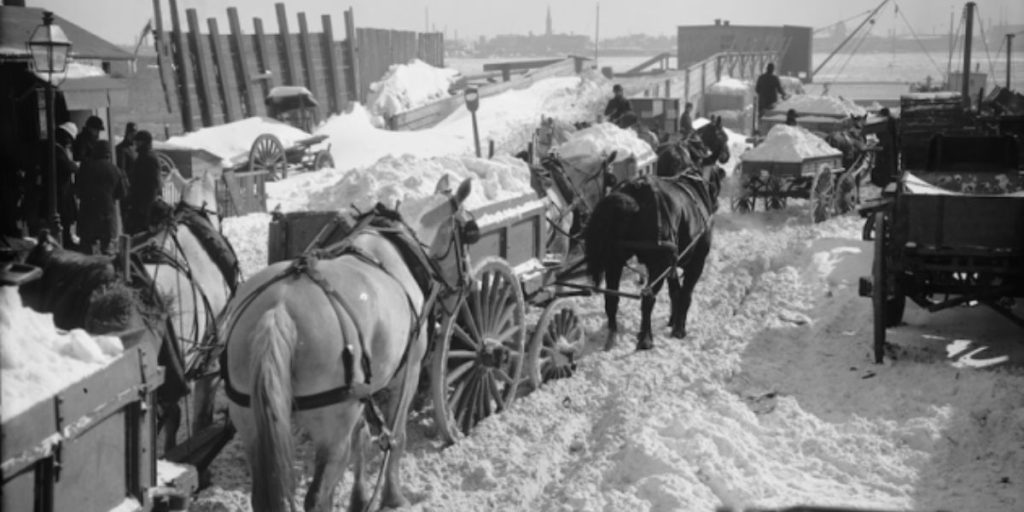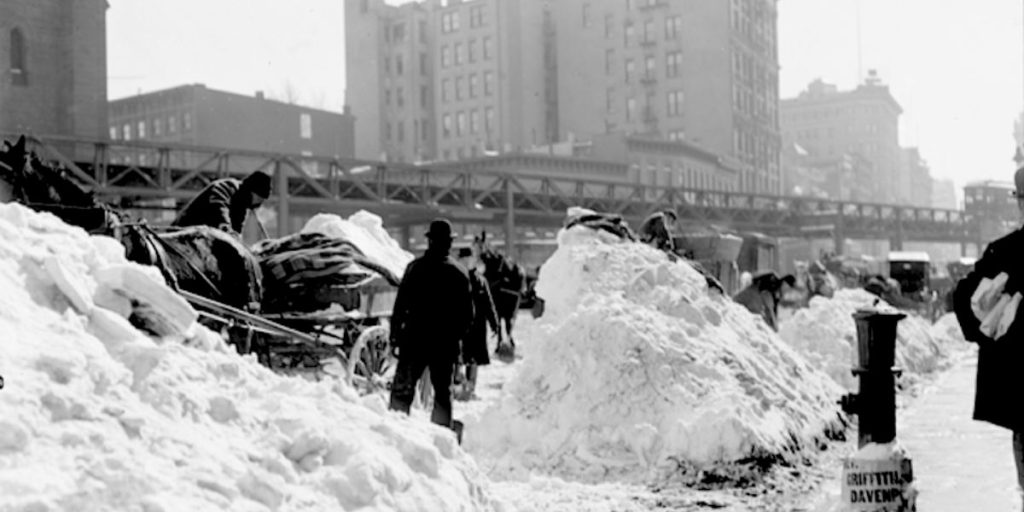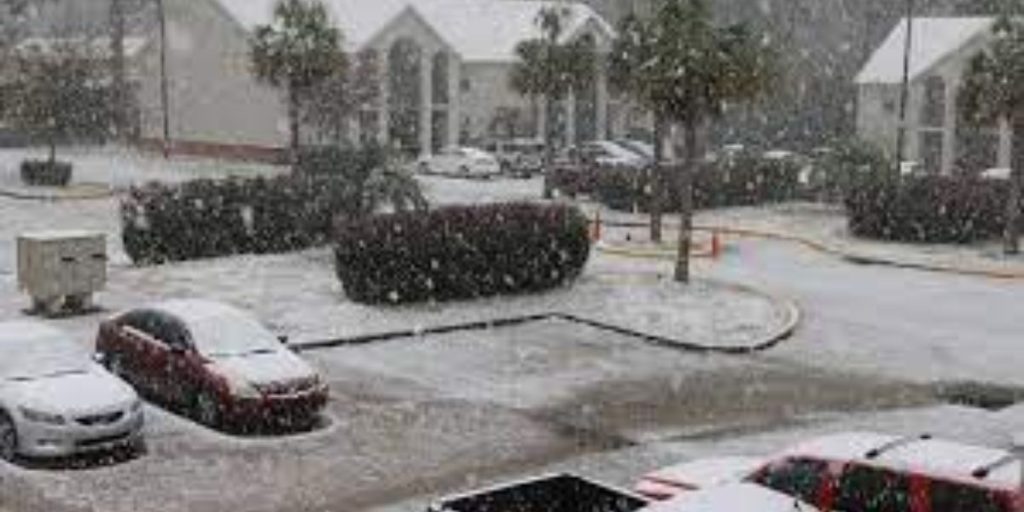Florida is the ideal holiday spot for those looking to escape the cold weather. But is it feasible for Florida to have snow? As a state famed for its balmy weather and beautiful beaches, it may seem odd that Florida will ever experience snow. Surprisingly, snow has fallen in Florida on several occasions!
Prepare to be amazed as we explore the largest blizzard ever to hit Florida.
Weather Patterns in Florida
Florida is noted for its brilliant sunshine and reasonably consistent t-shirt weather. In fact, it is commonly referred to as the “Sunshine State.”
Florida is located in the southeastern United States, with a humid subtropical climate in the north and center. South Florida has a tropical climate. This implies that the state has hot and humid summers, with average temperatures in the mid-80s throughout the hottest months of the year. Winter temperatures are typically warm, with average highs in the low 70s.

Summers in Florida are lengthy, ranging from May to October, and they are usually hot and humid. Winters are brief, lasting from December to February, and are often dry.
July is Florida’s hottest month, with an average temperature of 82 degrees Fahrenheit, and January is the coldest, with an average temperature of 61 degrees Fahrenheit.
The first reported snow or sleet in Florida occurred in 1774 in the extreme northern region of the state. The most recent snowfall occurred on January 16, 2022, when a winter storm produced snow flurries to Crestview and other portions of northern Florida.
In the past 136 years, there have been 80 occasions of trace amounts of snow in portions of Florida. While these occurrences are uncommon, they serve as a warning that Florida is not immune to cold weather.
Read More: Discover The Largest Nuclear Power Plant in Florida
The Blizzard of 1899 in Florida

The Great Blizzard of 1899 is also known as the Great Arctic Outbreak or the St. Valentine’s Day Blizzard. It was a significant winter storm that impacted multiple states, including Florida.
On February 12, a storm produced snowflakes in parts of the American South, from New Orleans to Tampa. As the hurricane swept across the Florida peninsula, it intensified and raced quickly up the eastern coast. This was a historic occasion because it marked the first time snow was reported in Tampa.
During the blizzard, Florida witnessed some of its coldest temperatures on record. On February 14, Miami’s low temperature dipped to 29°F, with a high of only 48°F. This was one of the coldest temperatures ever recorded in this area, with only two other instances where the temperature dipped lower.
Jacksonville saw a record snowfall of 1.9 inches, which is unusual for the region. Temperatures across the state were exceptionally low, ranging from -2°F in Tallahassee to 0°F in De Funiak Springs. Snow was reported as far south as Fort Myers.
A snowball fight occurred on the steps of the Florida State Capitol, demonstrating the event’s unexpected character.
Several records were broken in the United States, including 51 hours of continuous snowfall in Washington, DC.
Also, Read:
- Explore This Amazing Star Wars- Themed Airbnb in Florida
- Learn About the Biggest Hurricane That Ever Hit Florida
Damages and Casualties
The temperature was exceedingly cold, causing widespread suffering among the poorer classes and resulting in several deaths. The weather bureau said that “many people were frozen to death” as a result of the extreme cold.

While the exact number of fatalities in Florida is unknown, more than 100 were reported around the country.
In addition to the human toll, crops, and cattle suffered substantial damage. The National Oceanic and Atmospheric Administration (NOAA) claimed millions of dollars in losses. The frigid weather devastated crops across the Gulf Coast states, including Florida.
Alexander G. McAdie, a Weather Bureau employee in New Orleans, reported that the early vegetable harvest was completely destroyed. Furthermore, the orange harvest was completely lost, and many trees were destroyed. The cane crop suffered serious damage, as did other varieties of fruit.
The Florida Climate Center claimed that the protracted Arctic outbreak, combined with prior cold periods in Florida, forced citrus farmers to relocate their groves further south in the state and forsake areas between Jacksonville and St. Augustine.
The strong cold wave also had a negative influence on the transportation sector, leaving many people stranded due to slippery roads.
You May Also Like: This Stadium in Florida Has Been Abandoned for Years
Conclusion
In summary, while Florida is renowned for its warm climate, it has experienced rare instances of snowfall, notably during the historic Blizzard of 1899. This unprecedented event brought snow to Tampa, set record-low temperatures across the state, and caused extensive damage to crops and livestock. The blizzard remains a remarkable and impactful anomaly in Florida’s weather history.